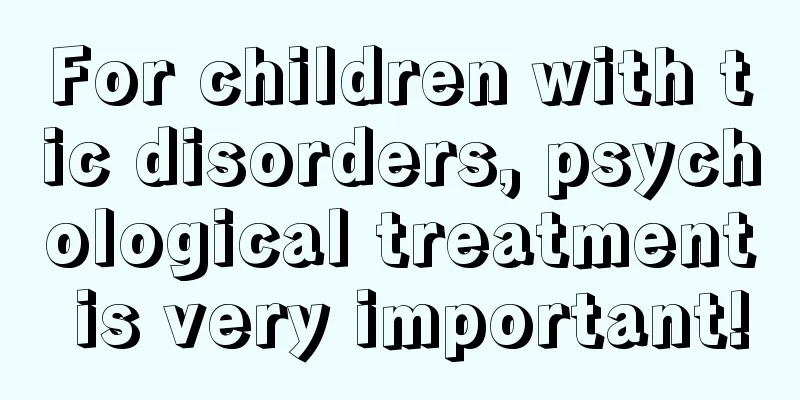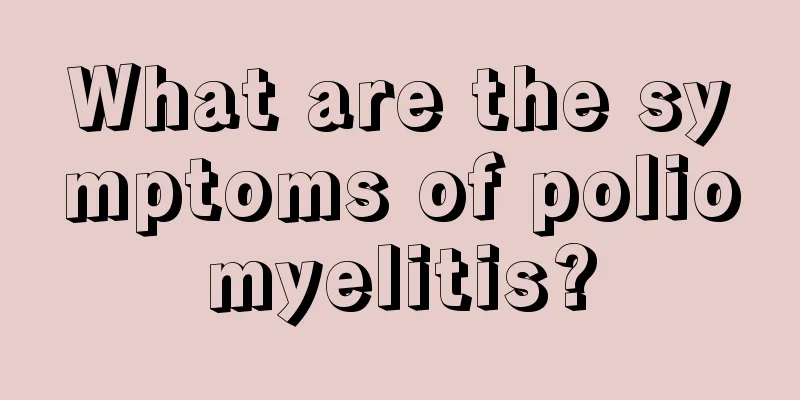Redness of the child's lower eyelid

|
Children's skin is more sensitive, and sometimes their lower eyelids may become red. If a child experiences this condition, it is very likely because he or she is slightly ill, or it may be because the child's sleep quality is poor and he or she has not gotten enough rest. Of course, children’s lower eyelids may also become red due to weather reasons. If the weather is too hot, the child’s lower eyelids may become red. Since it is not the eyeball, there is no need to worry too much. Make sure the child gets enough sleep and eats a light diet. In this case, if the child's lower eyelids are red, you should pay attention to local cleanliness and hygiene. You can clean them with warm water and observe whether there is itching or pain. This is usually related to local inflammation, congestion and irritation. Inflammatory response is a common pathological process in clinical practice. It can occur in tissues and organs in various parts of the body, such as folliculitis, tonsillitis, pneumonia, hepatitis, nephritis, etc. Acute inflammation usually presents with changes such as redness, swelling, heat, pain, and hidden functions, and is often accompanied by systemic reactions such as fever and leukocytosis. The occurrence of changes in this regard is essentially a reflection of the body's fight against inflammatory factors. This divergence and struggle continues throughout the inflammatory process. After inflammatory factors act on the body, on the one hand, they cause damage to tissue cells, causing local tissue cells to degenerate and necrotize; on the other hand, they induce the body's disease resistance function to increase, which is beneficial to clearing inflammatory factors and repairing damaged tissues, thereby achieving a new balance between the body's internal environment and the internal and external environments. Certain favorable factors in the inflammatory response. Under certain conditions, it can be transformed in the opposite direction and become a factor harmful to the body. For example, excessive exudate often causes the function of related organs to be concealed. For example, pleural effusion can suppress the lungs and cause dyspnea; pericardial effusion interferes with heart beat. Similarly, although connective tissue hyperplasia and organization in the late stage of inflammation are beneficial to tissue management, they often cause adhesions or sclerosis of solid organs, seriously affecting the performance of the organ. |
>>: Tips for dealing with a high fever in children
Recommend
What should I do if my child has a fever due to food accumulation? Introducing scientific therapy!
Many people may not know what food accumulation i...
What medicine is good for whooping cough in children?
Coughing is a normal reaction of our body, but fr...
Fried rice can cure baby's diarrhea
We all know that babies often have diarrhea when ...
How to deal with a baby's cold and fever
It is a very normal phenomenon for babies to have...
Will children be allergic to mango?
Everyone knows that mango is a very nutritious fr...
There is secretion on the baby's underwear
There will be secretions on the underwear of baby...
Newborn baby's throat is always hoarse
Newborns are very important to their parents, and...
Why does my child's throat become red and swollen?
There are many things that need to be paid attent...
What causes children to vomit?
Everyone is very familiar with vomiting. We have ...
There are four symptoms of spastic cerebral palsy in children
Spastic cerebral palsy is a relatively common ped...
Can a four-month-old baby eat watermelon if he gets angry?
We all know that watermelon is a great summer foo...
What causes abdominal pain and vomiting in children?
Children's bodies are fragile and their resis...
Reasons why children blink frequently
Blinking is something many people do frequently. ...
What are the ways to strengthen your baby's physique?
Many children often catch colds and fevers when t...
Constipation with blood
Constipation is a common problem, and both the el...









